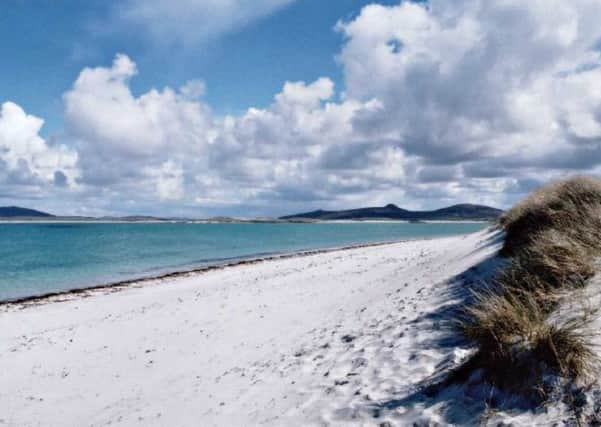Changing population brings 'new optimism' to islands


The changing population of Uist has been researched by the community given anecdotal evidence about the changing face of islanders.
The research found that registered births have increased by 67 per cent over a decade with 13 births reported in a single month in 2017 compared to 19 registered during the whole of 2007.
Advertisement
Hide AdMeanwhile, around half of 469 people surveyed - the majority of them in their twenties and thirties - were either newcomers to the islands or returning home to settle after a spell away.
The draft research was shared with the Stornoway Gazette with calls for greater resources to support the younger, growing population.
The report said: “It is a striking fact that the registered births in Uist for 2015, 2016 and 2017 show a 67 per cent increase compared to a decade ago (2005/06/07).
“There were 13 registered births in December 2017 alone, compared to just 19 registered births throughout the whole of 2007.
“And a recent study of 469 young people on Uist shows a trend with young economically active Uibhistich returning or staying, and young people new to Uist settling on the islands.
“In fact, of the 469 young people surveyed, most in their 20s and 30s, half of them are returners or newcomers.”
Advertisement
Hide AdIn another significant find, the 469 young people surveyed had 253 children between them.
“Four out of 10 of these children live on Uist because both their parents have chosen to return or settle on Uist,” the report said.
Advertisement
Hide AdIt added: “So not only has the number of registered births on Uist gone up by two-thirds in the past decade.
Young people returning or settling on the islands are bringing additional children registered on the mainland. There is plenty of anecdotal evidence that these young people, and these young families, are changing the feel of Uist.”
The new school on North Uist has close to 90 pupils rather than the 70 expected when it was being built in 2015-16.
At least 1 in 10 of those surveyed have set up a business, according to research.
The report said Uist was now “very different” from the rest of the Outer Hebrides given the number of registered births has declined by 15 per cent in Lewis and Barra over the past decade.
Harris has seen a “modest increase” of 10 per cent, it added.
Advertisement
Hide AdThe report said: “With additional young people and families returning or settling, it is possible that population decline on Uist is finally bottoming out, and Uist communities are noticing a new dynamism and optimism.”
Thomas Fisher, one islander who was involved with the research, told the Stornoway Gazette: “Policy throughout the Outer Hebrides has been based on the premise of managing decline.
Advertisement
Hide Ad“If population trends on Uist are changing then that basic premise may have to change.
“Reducing cuts and increasing resources would seem to be obvious responses.”
Islanders said the environment, safety, peache and quite and sense of community were strong draws to live on Uist.
One young person told researchers that the social life Uist was “so much better than in Glasgow.”
“In Glasgow, we just went to the local pub, here we end up going to ceilidhs and community events, and get involved in helping out in these activities,” the islander said.
Education was also regarded as better on Uist by some with a “huge choice of affordable activities” for children including football, athletics, swimming and kickboxing, music and instrumental classes, Highland and Irish dancing and drama.
Advertisement
Hide AdThe main islands of Uist are North Uist and South Uist, which are linked by causeways which run via Benbecula and Grimsay.
A cluster of smaller inhabited islands, including Erisksay and Bernerary, are included in the Uist group.
The combined total population of Uist is around 4,600.
Advertisement
Hide AdLatest census figures show the Western Isles as a whole experienced a 4.5 per cent rise population rise between 2001 and 2011 although the population dropped slightly between 2015 and 2016 with 26,900 residents recorded in June 2016.
South Uist experienced a decrease of 3% and North Uist a 2% decrease over the decade to 2011, according to the official figures, with the latest community research spanning a later period.
Overall, it is predicted the population of the Western Isles will fall from 27,250 in 2014 to 23,515 by 2039 - a projected decline of 11.3 per cent of 3,735 people over the 25 year period.
The equivalent figure for Scotland over the same time period is an increase of 7%.
